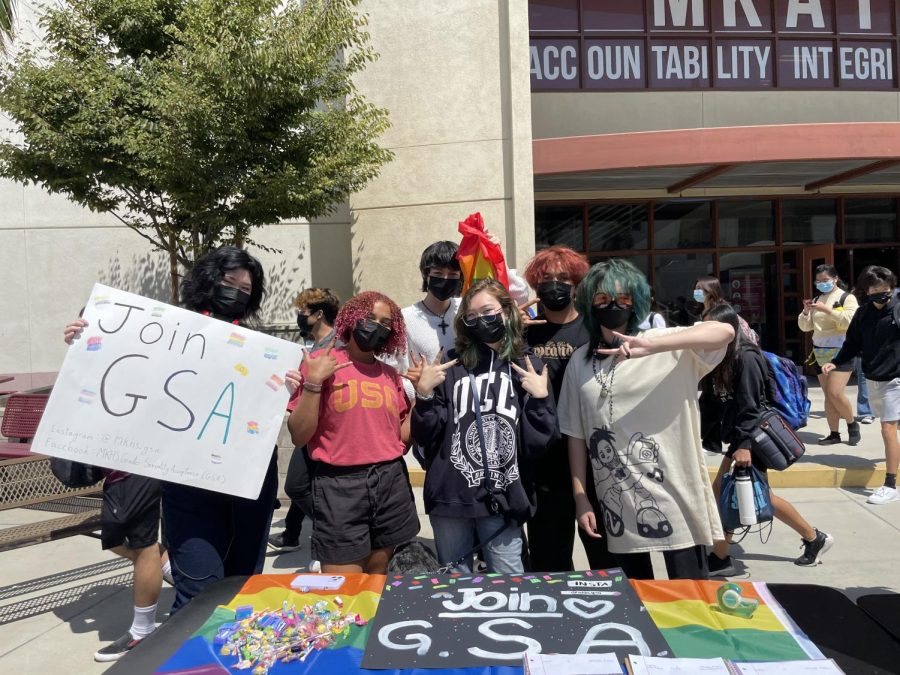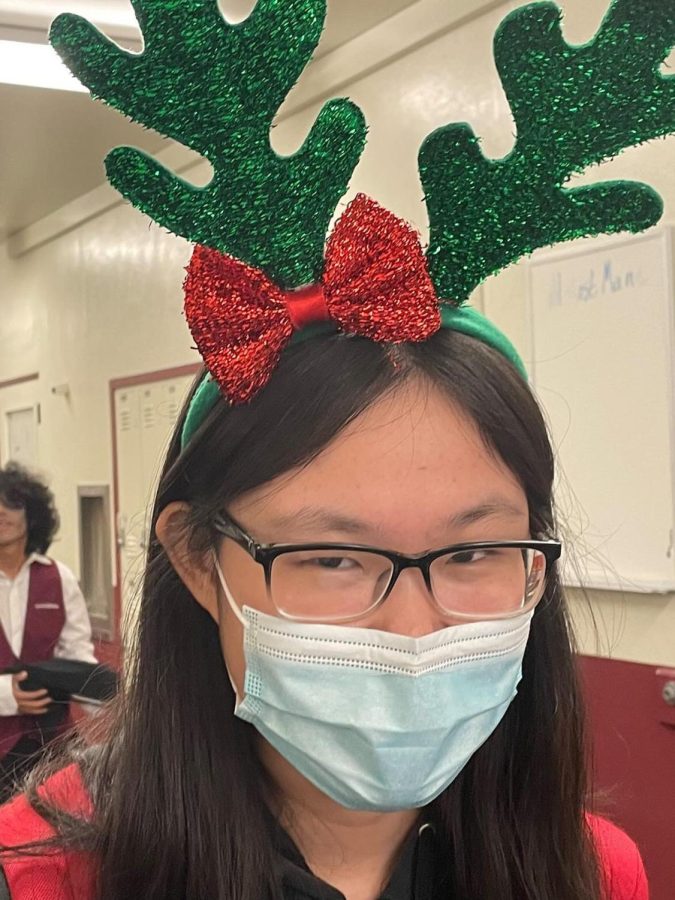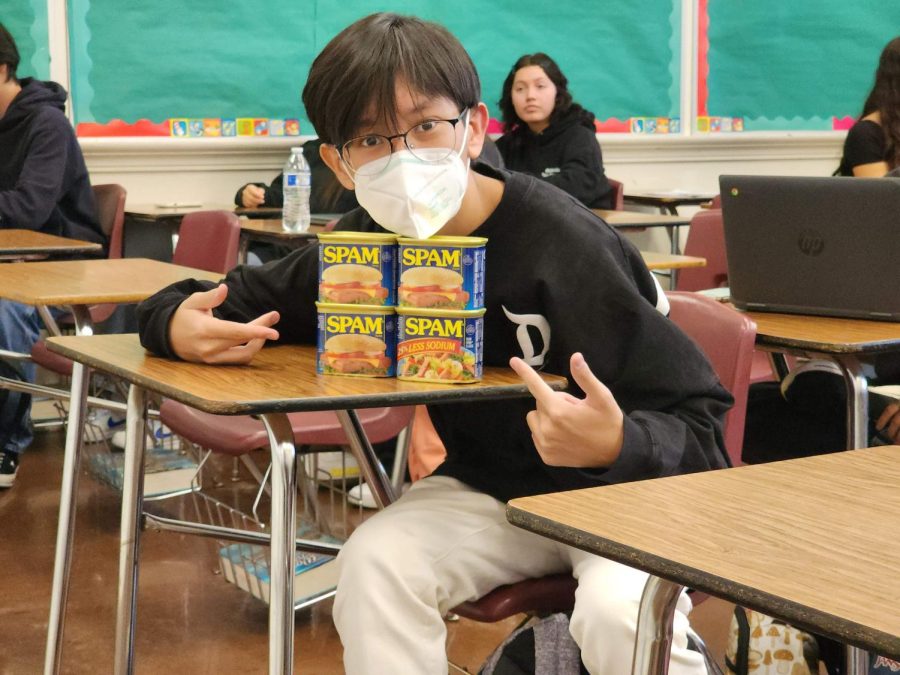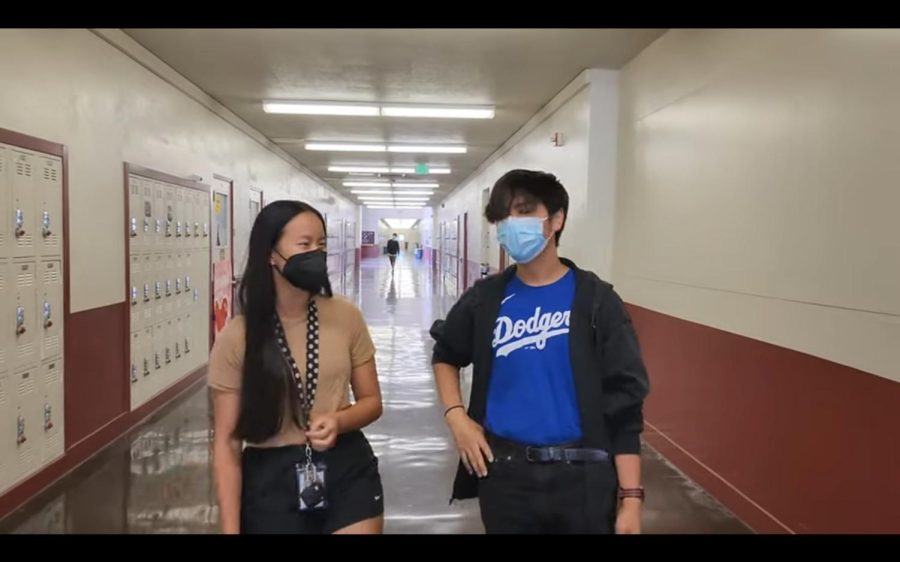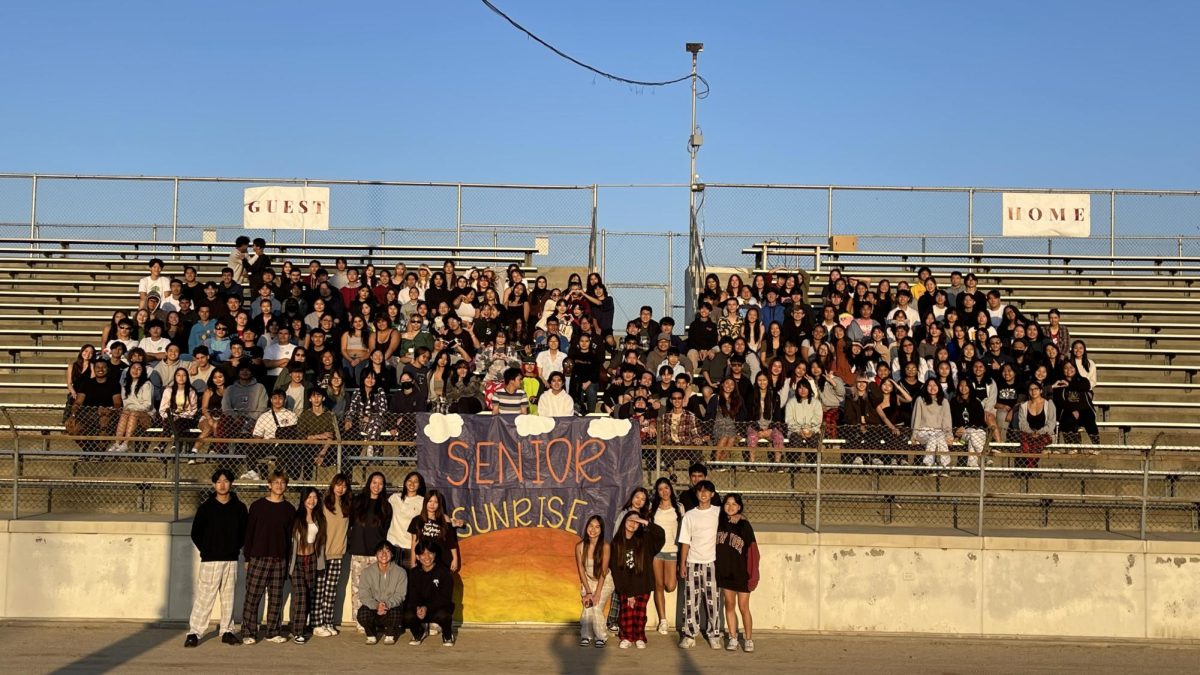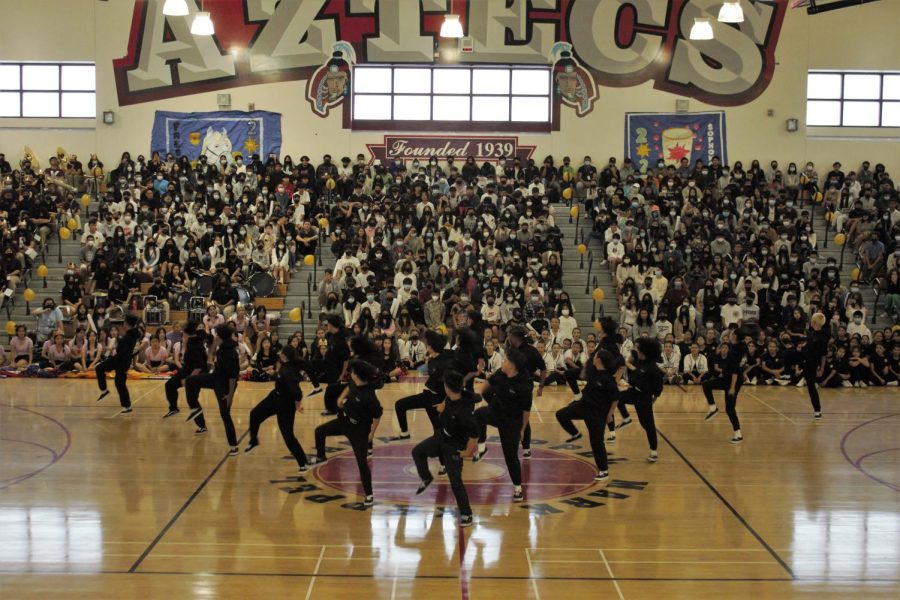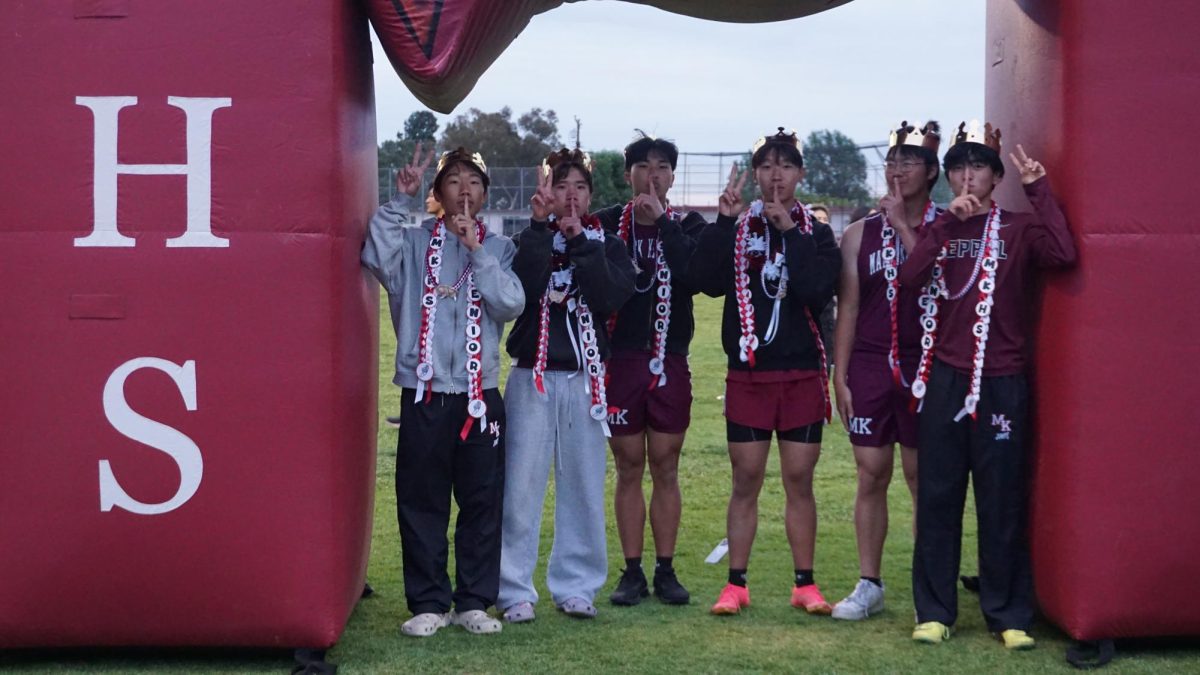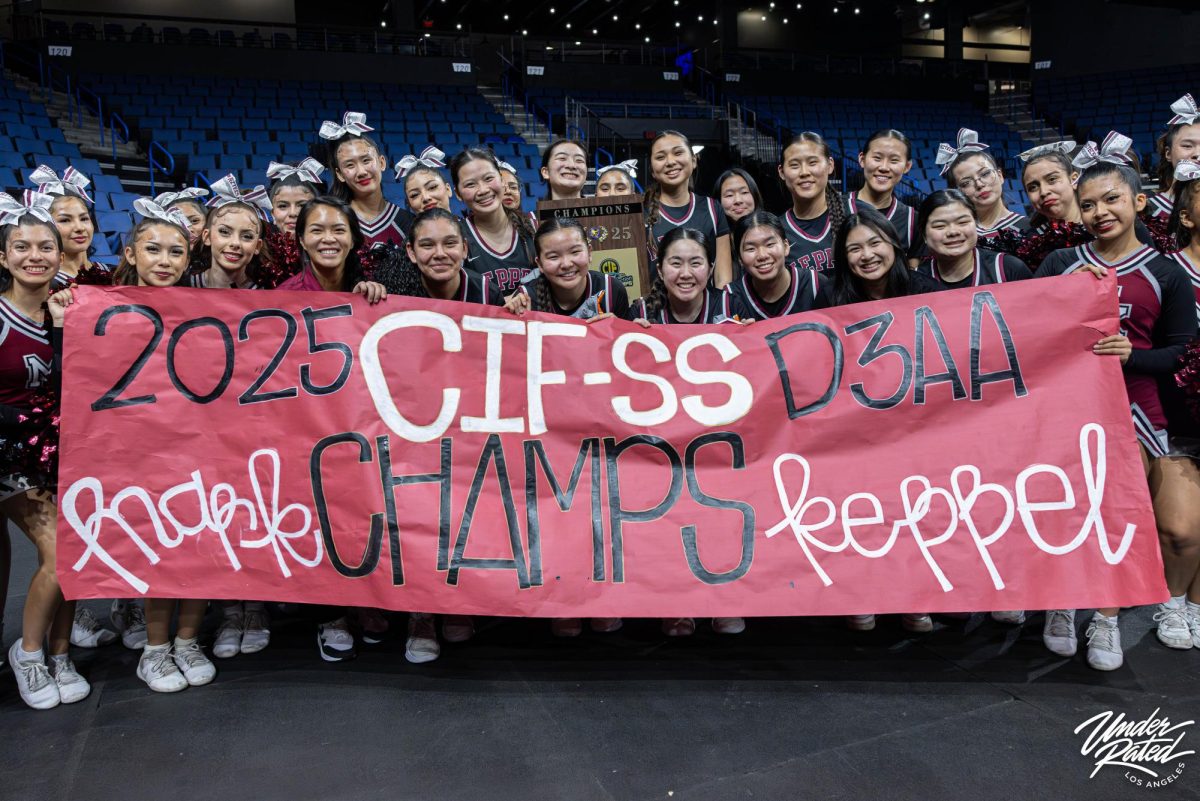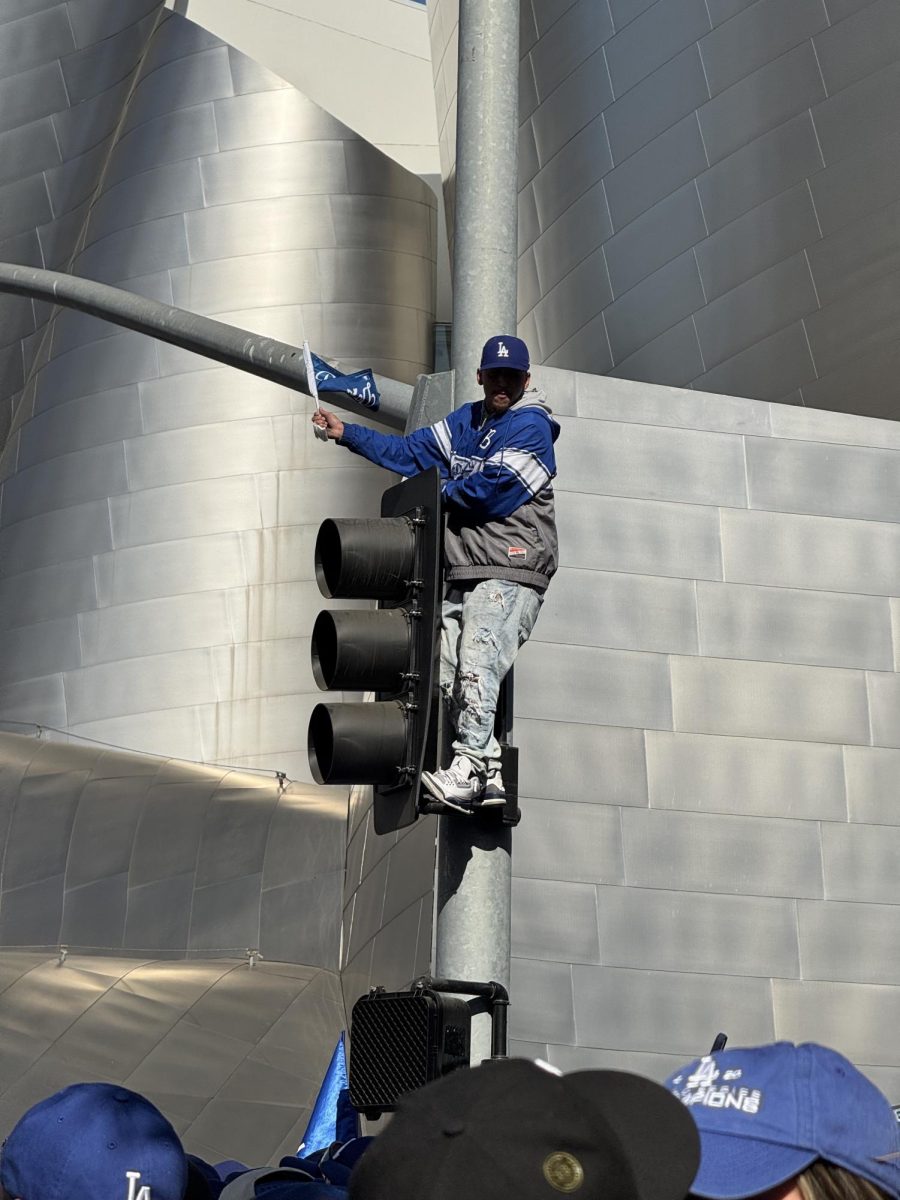Mixed Settings: Education in Times of Covid
From March 2020 to 2023, with the ongoing coronavirus, schools had been closed for over a year. During this challenging period, schools were closed to ensure the safety of students, distance learning was implemented, and Zoom became the main source of use in terms of education. The administration anticipated that the COVID-19 pandemic-related closure of schools in March would only last between weeks to a few months. However, it protracted and kept students out of school up until the fall of 2021. As antiviral medications and vaccines became available, classes resumed in person, and students had to reacclimate to their traditional learning environment. Despite school districts’ best efforts, students have encountered behavioral issues that have a variety of adverse effects on education, including a decline in the acquisition of social skills, widening academic gaps, and a growing dependence on technology.
Teachers and students are conscious of the risk associated with the protracted period of virtual learning, especially the absence of academic progress. Data collected from the widespread adoption of the I-Ready platform in elementary classrooms reveals a dramatic fall in these competency levels. “Students in their sample learned only 67% of the math and 87% of the reading that grade-level peers would typically have learned by the fall. On average, that means students lost the equivalent of three months of learning in mathematics and one-and-a-half months of learning in reading,” says McKinsey. Administrators were clearly not ready for the move to virtual learning, they lacked training and had little to no experience with it. The loss of academic progress can take up to years to make up, therefore schools need effective strategies and procedures in place to help students not only meet their full academic potential, but also expedite their knowledge.
Prior to COVID-19, the SAT or ACT were prerequisites for admission to many colleges and universities, but currently, it has become an optional exam. After COVID, students began returning to schools, but the majority did so with the attitude that grades weren’t as important as they formerly were. As a result, in comparison to prior COVID, test grade outcomes and homework turn-in rates drastically declined. According to statistics, 38% of eighth-graders failed to master fundamental arithmetic concepts in 2022, which is worse than it was in 2019, when the percentage was only 31%. This demonstrates that students are too at ease in their surroundings and still believe it’s the same at school. Furthermore, this could be the answer to why students wander around the campus, resulting in low attendance rates. At home, they are comfortable and can walk around while still engaging in the virtual class. They can bring this habit over to school, where they don’t attend class and walk around as if it’s their house. Thus, students have less commitment towards their classes, which also contributes to the decline in test scores.
Along with this, many people’s social skills have also deteriorated as they start to lack interaction with others. Everything that was done manually was converted to technology as a result of distance learning, and technology keeps developing to provide the tools desired to support students’ work behind the screen. But in a technology-dominated society, there has been an increasing reliance on it, to the point where social interaction now only occurs through screens and emotional expressions are limited. Lack of social and emotional skills might influence our perceptions of others and leave us feeling lonely, thereby getting less support from friends. Eventually, loneliness starts to affect our mental health and increases the chance of depression. Furthermore, we didn’t engage in the physical exercise that is necessary for brain growth and development. Without it, our brain suffers, which has a negative effect on our mental health. To add on to physical activity, student athletes were heavily affected by COVID as well. Due to the absence of practice time, they may not be at their desired level. Students frequently have low self-esteem when they aren’t where they want to be, which worsens their mental state.
At Keppel, students have shared their experiences with these claims. “In my Sophomore year, I learned that chemistry is not compatible with distance learning. The course lost that hands-on peer interaction experience that I enjoy most, and replaced it with videos and powerpoints. I was unmotivated and my grades weren’t the best,” a senior who asked not to be identified states. Furthermore, sophomore Torrie Lin shares her perspective on the different environments of learning. “Though the transition from distance learning to traditional learning, I can say for a fact that I am more engaged in my classes. I am able to pay better attention to lectures and I also have the pleasure of socializing with friends and teachers. I would say that the transition back to traditional learning has been very beneficial towards my education and social life.” Students appear to be performing academically and emotionally better as they transition back to in-person learning.
Ultimately, no one was ready for distance learning and this transition only posed disadvantages towards students and staff members. Widening academic gaps, being emotionally unstable, and students’ attitudes are all factors that play a role in affecting one’s educational experience. As a result, these effects were revealed when students and staff returned to in person learning. Safety should always take precedence however strategies also need to be implemented for the education system to keep running as successfully as it was pre-pandemic.

Emily is a senior who's obsessed with anything matcha-flavored. In her free time, she enjoys watching romantic dramas and horror movies (even though she...


